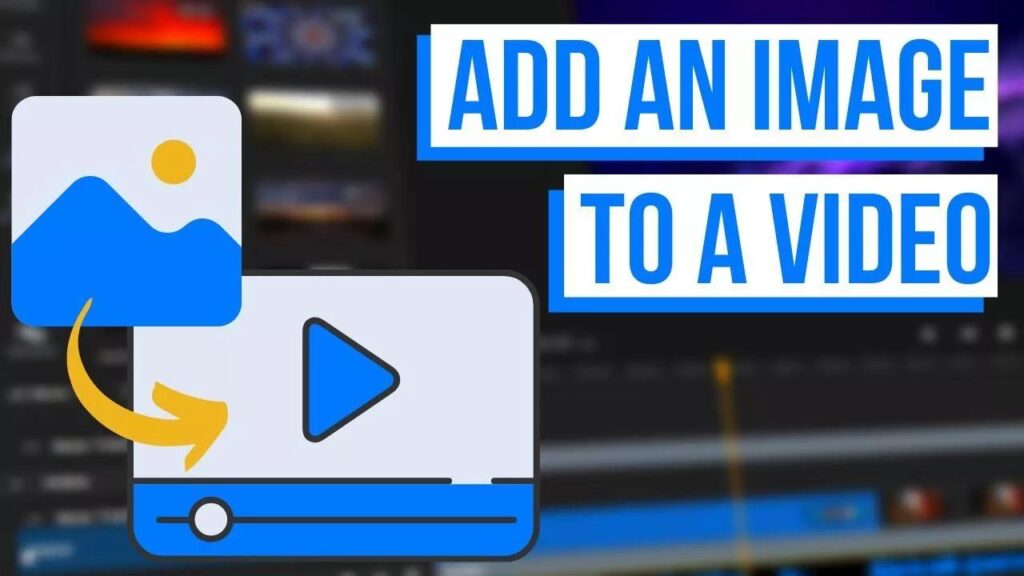In today’s digital age, the ability to convert images to videos using artificial intelligence (AI) has become increasingly popular and accessible. Whether you’re looking to animate a cherished photo or enhance your content creation, AI-powered image-to-video conversion tools can help you achieve stunning results. Here’s a comprehensive guide on how to convert images to videos using AI:
What AI Image-to-Video Conversion?
AI image-to-video conversion is the process of using artificial intelligence to transform static images into dynamic, moving videos. This technology uses deep learning algorithms to analyze the content of the image and generate realistic movements, creating an illusion of life.
Tools You’ll Need
- AI-powered image-to-video software: There are several options available, such as Fotor, NightCafe Creator, and Clipfly.
- A static image: Choose a high-quality image with a clear subject.
- A computer or smartphone: Ensure you have a compatible device to run the software.
Step-by-Step Guide to Converting Images to Videos with AI
Step 1: Choose the Right Software
Select an AI-powered image-to-video software that suits your needs and budget. Consider factors such as ease of use, quality of results, and available features.
Step 2: Prepare Your Image
Open the chosen software and upload your static image. Make sure the image is in a compatible format and meets the software’s requirements.
Step 3: Customize the Video
Use the software’s tools to customize the video. You may be able to adjust:
- The duration of the video
- The speed of the animation
- The direction of movement
- The intensity of the animation
Step 4: Preview and Refine
Preview the video to see how it looks. If you’re not satisfied, you can make adjustments and preview again until you achieve the desired result.
Step 5: Export and Share
Once you’re happy with the video, export it in a suitable format (e.g., MP4) and share it on your preferred platform.
Tips for Success
- Choose high-quality images with clear subjects.
- Experiment with different customization options.
- Keep your videos short and focused to maintain viewer interest.
- Consider adding sound effects or music to enhance the viewer experience.
Conclusion
AI image-to-video conversion is a powerful tool that can help breathe life into your static images. By following this step-by-step guide, you can create captivating videos that engage your audience and elevate your content.
Note: The availability and features of AI image-to-video software may vary. Always read the software’s documentation and terms of use before using it.
By following these steps and using the right AI-powered image-to-video software, you can easily convert your images into dynamic videos that bring your content to life.


